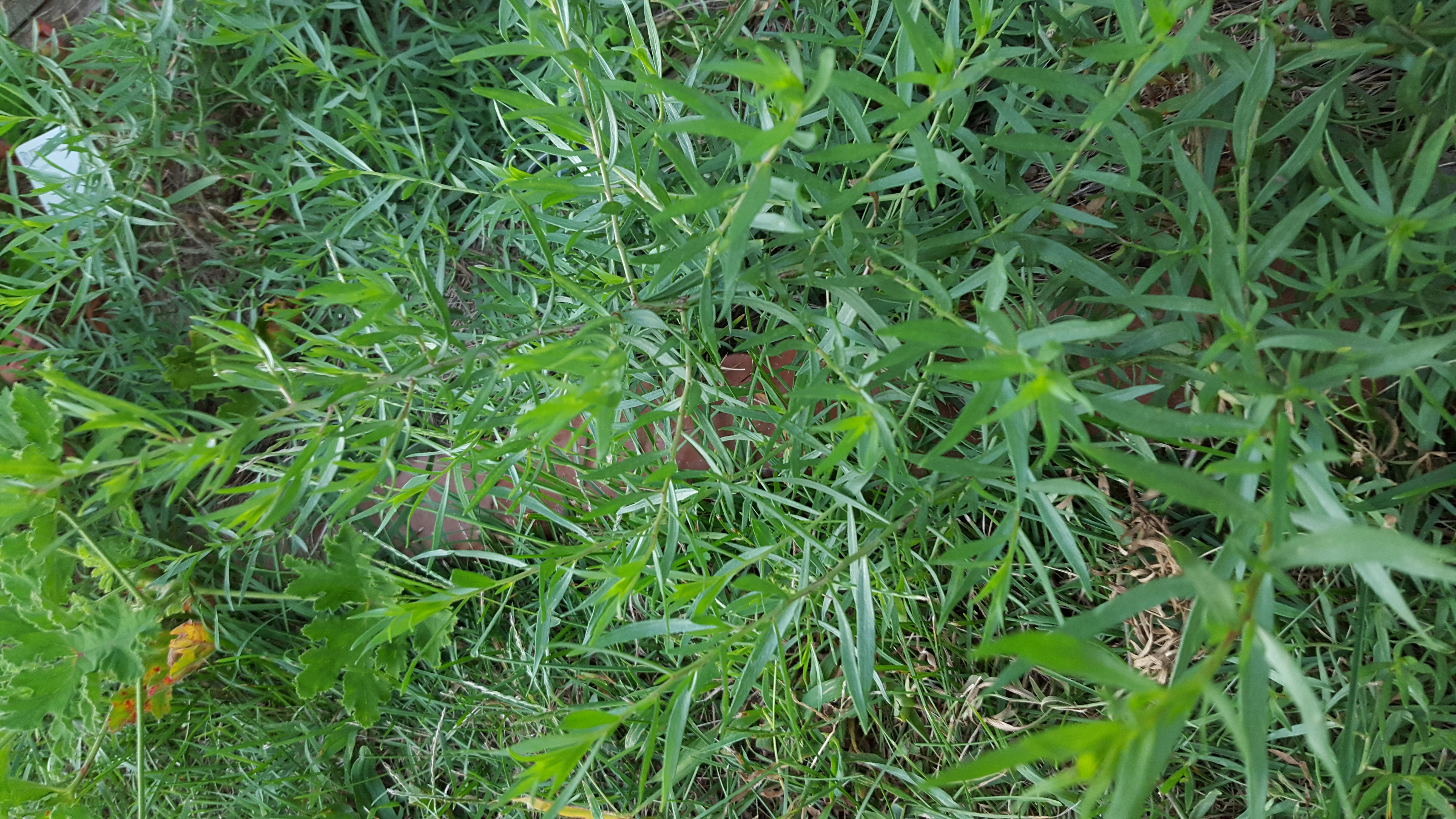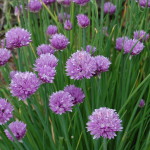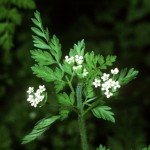The next time you reach into your spice cabinet for the fines herbes, take a look at the label: parsley, chives, tarragon and chervil. You can easily grow all of these in your herb garden.
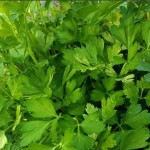
Flat Leaf Parsley
Parsley – Petroselinum crispum A member of the carrot family, parsley comes in three varieties: flat leaf, curly leaf and root parsley. For your fines herbes, you want to grow the flat leaf. Parsley is a biennial in its native Mediterranean habitat. North of zone 7, it is grown as an annual because it doesn’t survive the harsh winters. The milder winters of the south are actually good for parsley. It is a cool weather plant that struggles in the summer heat.
Parsley is easy to grow from seed but you have to be patient. It takes 4 to 6 weeks to germinate. You can shorten that time by soaking the seeds in water for 24 hours before planting them. Parsley can be started indoors as long as you can provide lots of light or direct sown in your sunny garden after your last frost date. Mature plants reach 6 inches in height. Keep them well watered during the growing season, especially if you are growing parsley in containers. Don’t let the plants dry out.
To harvest your parsley, cut the stems close to the ground, starting with the oldest, outside ones. Pruning your parsley like this encourages new growth. Wash it well. Butterflies lay their eggs on parsley. The eggs hatch into caterpillars which also “prune” the parsley. Their droppings provide welcome fertilizer.
Chives – a hardy member of the onion family, chives come in two varieties: the familiar garden chives (Allium schoenoprasum) with an onion flavor and garlic chives (Allium tuberosum) which have a garlic flavor and are used in Chinese cooking. For your fines herbes, you want to grow the garden chives. Chives are a perennial that thrives in zones 3 through 9. During the winter, it dies back to the ground.
Chives can be grown from seed but the plants take two years to mature. It is better to either buy a chive plant or if you are fortunate to know a fellow gardener who is dividing their chives, you can ask for a clump. Like other members of the onion family, chives grow from small bulbs which increase in number each year. Chives should be divided every three years to maintain maximum production.
Chives grow best in the sun but will tolerate light shade. Mature plants reach a height of 10” to 16”. Keep them well watered during the growing season, especially if you are growing your chives in a container. Don’t let the plants dry out.
To harvest your chives, cut a bunch of leaves called scapes, about 2” from the ground. Don’t cut the entire clump at once. Ideally you should be cutting no more than ⅓ of the leaves at one time. Harvest your chives regularly to encourage new growth and to prevent flowering. You might want to let your chives flower but not go to seed. The flowers are beloved by bees, important pollinators. The strong odor of chives repels other insects.
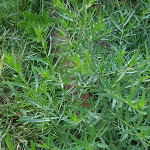
French Tarragon
Tarragon – a member of the aster family, there are usually two varieties available: French Tarragon (Artemisia dracunculus) and Russian Tarragon (Artemisia dracunculoides Pursch)which is much less flavorful. Not surprisingly, for your fines herbes you want to grow the French Tarragon. Tarragon is perennial in zones 4 through 8. During the winter, it becomes dormant.
French Tarragon cannot be grown from seed so you will need to buy a plant or if you are fortunate to know a fellow gardener who is dividing their tarragon, you can ask for a division. Tarragon grows from rhizomes which should be divided every three to four years to prevent crowding and maintain maximum production. Tarragon roots are very shallow so be careful when weeding around it.
Tarragon loves a hot, dry spot. Plant it in full sun and allow it to dry out between waterings. If you are growing it in a container, do not mix it with other herbs that need to be watered frequently. Mature plants will reach a height of three feet.
To harvest your tarragon, cut the top ⅓ of each branch. Prune it regularly to keep the entire plant at a height of 2 feet or it may be prone to falling over. That will also prevent flowering which reduces the intensity of the flavor in the leaves.
Chervil – Anthriscus cerefolium Like parsley, it is a member of the carrot family. Chervil is an annual cool season plant growing best in the spring and fall when temperatures are cooler. In the heat of summer, it bolts (goes to seed). Or you can allow it to bolt, collect the seeds and do another sowing for a second crop in the fall.
For best results, direct sow the seed in your garden. Chervil has a long tap root and doesn’t like to be transplanted. Plant it in a spot with a little shade to prolong its growing season and keep it moist. Don’t let it dry out. Plant chervil where you have trouble with slugs. It will keep them out of your garden. Mature plants attain a height of 12 to 24 inches.
When harvesting your chervil, be sure to leave at least ⅓ of the leaves on the plant. Regular harvesting of chervil helps delay bolting.
Making Fines Herbes – Fines Herbes is easy to make. Simply combine your four herbs in a 1:1:1:1 combination. For example, 1 tsp of each.
Fresh is always best. After harvest, chop your herbs using two knives or, my favorite, an herb mill. Herb mills quickly chop herbs. They come apart for easy cleaning and can even go in your dishwasher. Once your herbs are chopped, you can simply combine them in equal amounts to create your fines herbes mixture.
For those of us in the north, we need to preserve our herbs for winter use. Freezing fresh herbs is a good option. Wash your herbs and dry completely then place them in freezer bags and squeeze out all of air. It is not necessary to defrost your herbs before use.
You can dry your fines herbes using one of several methods. You can hang bunches in a dark, dry spot until they are dry, use a food dehydrator, or even dry your herbs in your oven. Simply place them on parchment paper covered cookie sheets in a 100°F-110°F oven for a few minutes. Once you have made your mixture of dried fines herbes, place them in an air tight container and store them in a cool, dark place with no sun exposure.
Fresh or dried, parsley, chives, tarragon and chervil all have delicate flavors that are lost if cooked too long. You want to add your fines herbes at the end of your cooking time.
More Herb Blends
Bouquet Garni
Chinese Five Spice Blend
Curry Blend
Herbes de Provence
Italian Seasoning
Old Bay Seasoning
Paprika
Poultry Seasoning
Za’atar

